Kurt Schwitters, analyse et cote de sa valeur sur le marché de l'art
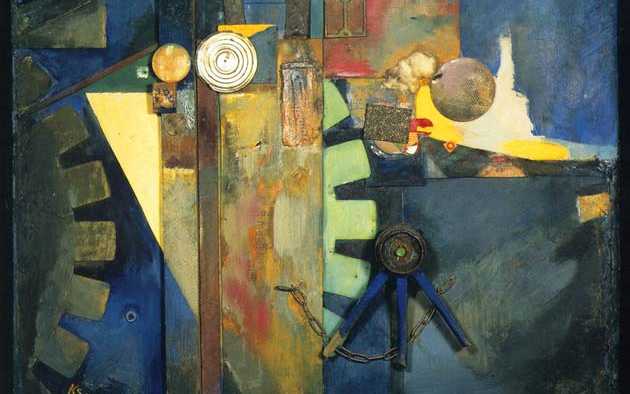
Si vous détenez une œuvre réalisée par l’artiste Kurt Schwitters ou d’après, et que vous souhaitez connaître sa valeur, nos experts et commissaires-priseurs agréés par l’état vous offrirons leurs services d'expertise. Nos spécialistes s’emploieront à réaliser une expertise gratuite de votre œuvre, et vous transmettront une estimation précise de sa valeur sur le marché actuel. Par la suite, si vous désirez vendre votre œuvre, nous vous orienterons vers le meilleur dispositif possible pour en obtenir un prix optimal.
Cote et valeur des œuvres de Kurt Schwitters
Personnage indissociable du mouvement Dada, Kurt Schwitters est à l’origine d’un nombre exponentiel d’œuvres d’art interdépendantes et éclectiques. Il réalise en l’occurrence peintures, collages, typographie, sculpture, assemblages, et poésie sonore. Le marché de l’art abonde de ses œuvres et celles-ci se vendent parfois à prix d’or, entre 300 et 15 527 280€. En 2022, un de ses collages intitulé « Mz 255 dromedar » a été adjugé à hauteur de 64 947€
Ordre de valeur allant d’une œuvre simple à la plus prestigieuse
Estimation | |
Dessin-aquarelle | 300 – 890 516€ |
Peinture | 300 – 15 527 280€ |
Estampe | 80 – 103 873€ |
Sculpture | 7 900 - 663 630€ |
Réponse en - de 24h
Style et technique d’un artiste excentrique et franc-tireur
Kurt Schwitters réalise principalement des collages à partir de papiers déchirés et éléments de rebuts récupérés, rapportés et collés. Il y adjoint des interventions peintes et dessinées. Ces interventions ont pour but d’intégrer les matériaux à la surface de l’œuvre. Ses créations ne reflètent plus le réel de manière mimétique mais présentent un équivalent de la réalité morcelée, brisée à la sortie de la guerre.
Kurt Schwitters, poète du mouvent Dada
Né en 1887, Kurt Schwitters est issu d'une famille de marchands. En 1908, il entre à l'École des Arts Appliqués de Hanovre. Déclaré inapte pour servir le combat en 1917 (probablement car il avait feint d’être un écervelé), Schwitters est affecté comme dessinateur industriel dans une usine métallurgique. Durant cette période il s’aventure dans les méandres de la peinture expressionniste et cubiste, et par la même occasion écrit des poèmes dans la lignée du romantisme allemand. A Berlin, il se prend d’affection pour Herwarth Walden qui est à l’instigation du fameux journal DerSturm, et en juin 1918, Schwitters expose deux peintures abstraites au cours d'une exposition collective orchestrée par la galerie homonyme. Il rencontre ainsi les dadaïstes et noue une amitié avec ceux à qui il voue une admiration totale : Raoul Hausmann et sa compagne Hannah Höch.
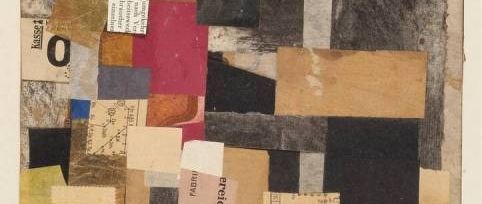
Comment Kurt Schwitters a-t-il marqué son époque
Kurt Schwitters, parangon du foyer Dada à Hanovre fonde son propre courant artistique, se positionnant en tant que chef et unique membre, sous l’étrange dénomination de Merz, issue de l'inscription "Kommerz- und Privatbank". En 1919, il publie son manifeste dans la revue de Walden et dévoile présente pour la première fois des œuvres Merz à la galerie Der Sturm.
En 1923, le lancement de la revue Merz propulse l’artiste sur les devants de la scène. Consacré à une tournée d'exception, intitulée De Stijl-Dada, le premier numéro est orchestré brillement par Theo Van Doesburg et Schwitters. Le deuxième numéro constitue une révélation et un séisme dans la communauté artistique : l’artiste publie le "Manifeste art prolétarien" et celui-ci est également signé par des figures emblématiques de l’époque telles que Franz Arp, Théo Van Doesburg et Tristan Tzara. Dans ce manifeste, l'artiste insiste sur la nécessité de ne pas se confiner aux limites de l’opposition entre prolétariat et bourgeoisie, mais que l’art doit influencer la culture intégrale, sans se soucier des catégories sociales.
Tandis que les publications dada avaient cessé de circuler en Allemagne et en France, la revue Merz devient un allongement prothétique du mouvement ne négligeant pas cet héritage jusqu'en 1932. Cette revue établit un essentiel indéfectible entre Dada et le constructivisme et néo-platoniscisme, comme en atteste la collaboration avec El Lissitzky et la mise en page dont elle s’inspire. Parallèlement, Schwitters débute son opus magnum, l’illustre Merzbau, qui envahit les moindres recoins de sa demeure à Hanovre avec des angles très aigus, des colonnes inclinées dans lesquelles se trouvent des cachettes, des grottes, où il dissimule des boîtes à souvenir pour ses amis.
L'impact de l'œuvre protéiforme et synergique de Kurt Schwitters est perceptible dans un large éventail de créations artistiques contemporaines. Les accumulations d’objets d'Arman, les sculptures pop art de Claes Oldenburg ou les machines méta-matic de Tinguely demeurent des morceaux de bravoure qui recèlent l'empreinte indéniable de Schwitters. Le mouvement Fluxus s’en inspire également.

Comment reconnaitre la signature de Kurt Schwitters
Kurt Schwitters signe ses œuvres, au bas de la page lorsqu’elle est en deux dimensions, de son nom intégral dans une écriture fluide presque calligraphique.

Comment faire estimer une œuvre de Kurt Schwitters
S’il s’avère que vous possédez une œuvre de Kurt Schwitters ou d’après lui, demandez sans hésitation une évaluation gratuite par le biais de notre formulaire sur notre site internet. Un membre d’Auctie's, vous contactera promptement afin de vous communiquer l’estimation de la valeur de votre œuvre, sans oublier de vous transmettre les informations ad hoc sur celle-ci. Si vous considérez vendre votre œuvre, vous serez également accompagnés par nos spécialistes afin de bénéficier d’alternatives pour la céder au meilleur prix possible.
Réponse en - de 24h
A découvrir dans la même thématique
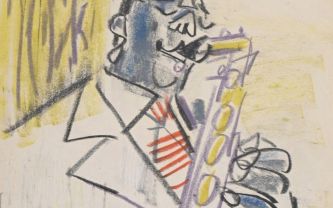
Cote et valeur des oeuvres, dessins, peintures de Gen Paul
Gen Paul est un artiste cubiste du XXème siècle qui a produit des dessins, peintures et huiles sur toile appréciés et cotés aux enchères.
En savoir plus >
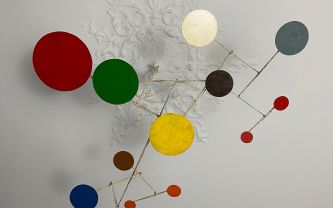
Cote et valeur des mobiles, luminaires, installations d'Alex...
Alexander Calder est un artiste américain du XXème siècle qui a produit en partie des mobiles et luminaires très prisés qui ont beaucoup de valeur.
En savoir plus >
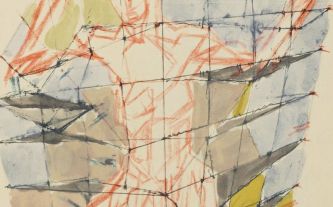
Cote et valeur des oeuvres de Jacques Villon
Jacques Villon est un peintre et graveur cubiste qui a produit de nombreuses oeuvres dont la cote et la valeur sont élevées aux enchères.
En savoir plus >
Site sécurisé, anonymat conservé
Commissaire-priseur et expert agréé par l'État
Estimations gratuites et certifiées